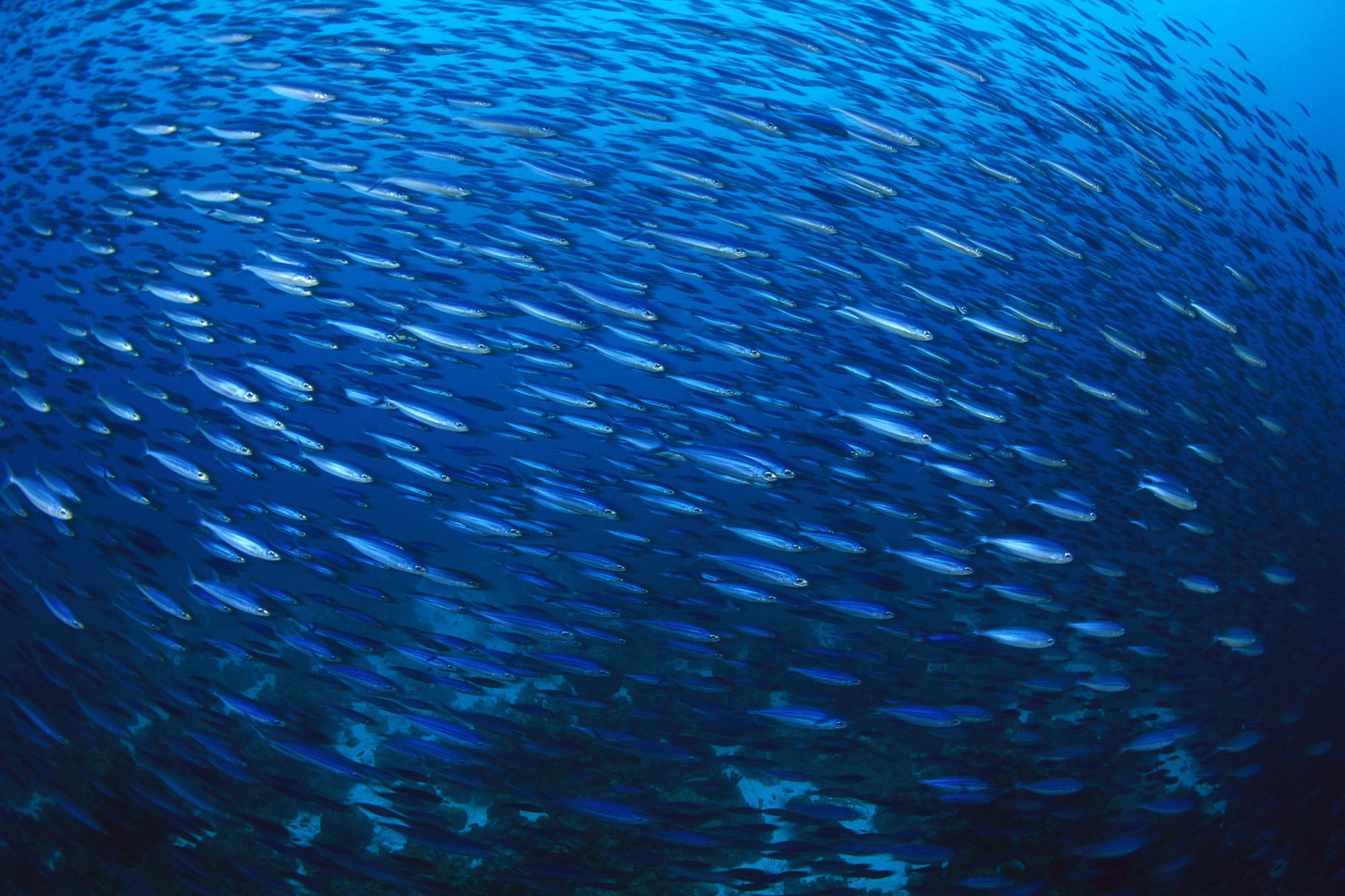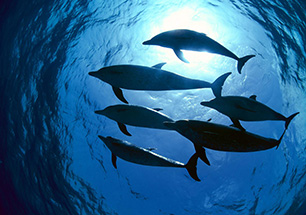KEY QUESTIONS
- What kind of behavioural responses ((horizontal or vertical displacement in mammals and fish), plus freezing, clumping, or cessation of feeding in fish) do E&P industry sources cause (including other sound sources, e.g. marine vibroseis)?
- Which species (mammals, fish, turtles) are particularly disturbed by the sounds of E&P industry operations?
- What is the pattern and extent of disturbance of large fish schools caused by industry sound sources?
- How do seismic operations affect the behaviour of fish at different spatial scales?

SUMMARY
The effect of airguns on fish is a contentious issue between the oil and gas and commercial fishing industries. Past studies on this topic produced inconsistent results because fish species are numerous and highly variable, and because no easy method exists for measuring the behaviour of wild, unrestrained fish. One workshop was held to discuss the problem in general (Stavanger, Norway, April 2009). A second (Halifax, Canada March 2011) was held to focus on these specific approaches: acoustic monitoring (sonar and acoustic tags), video monitoring, use of biomarkers (including pathology and endocrinology), and use of fishery statistics to assess large-scale effects on fish behaviour over time. Both workshops involved experts in fish biology and behaviour and the Halifax workshop included fishers.
Fisheries Statistics were deemed an inadequate tool for measuring behavioural response because fishing regulations bias fish catch rates, fish sizes, and other variables. Video and bio-markers were considered useful but limited tools. Active acoustics are the best technology for some applications, and tags are best for others. Specifications for experimental design could not be listed because regional interests often determine the type of study needed. The type of study needed determines the technology used and the prioritisation of problems to address.
Objectives and methods
- discuss current and future technologies that could reveal biologically significant effects of industry noise on fish or fish catches
- specify experimental design and develop research strategies to meet the difficulties of field experiments
- discuss how to measure fish behaviour on different geographical scales, and in the open marine environment
Importance
These two workshops laid the groundwork for writing Requests for Proposals for fish behavioural studies. A study was selected, but the high cost of conducting field research on fish behaviour forced delaying the start of this project until at least 2013.
Institutions/PIs
Programme internal workshops

